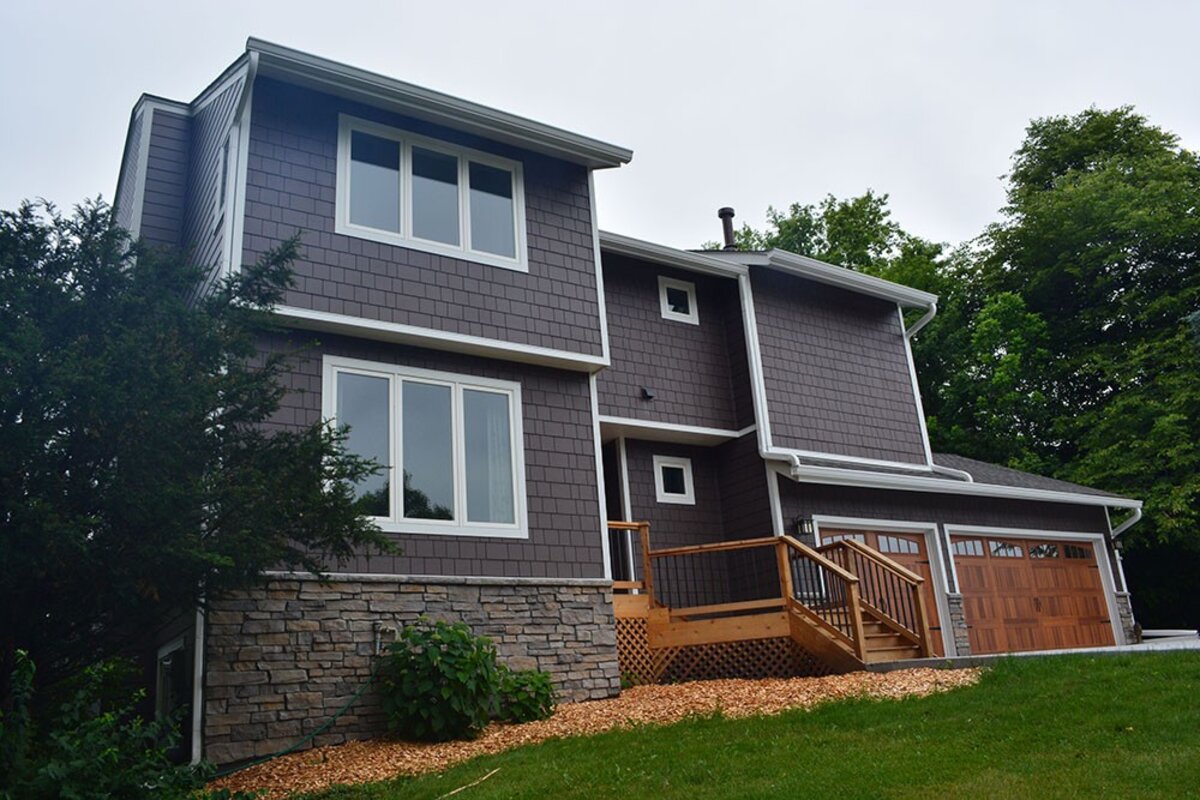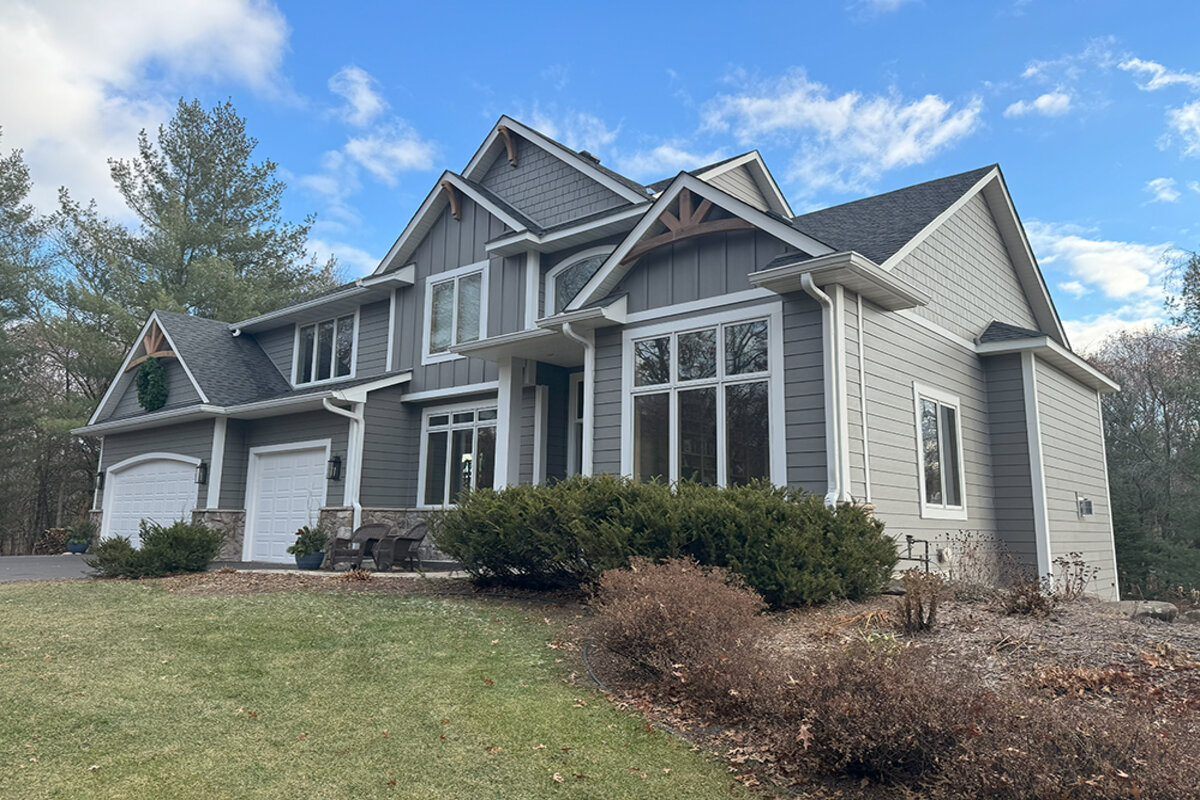Minnesota’s weather conditions pose distinctive challenges for homeowners, particularly in the context of roofing. Understanding these challenges is crucial for maintaining the structural integrity and durability of your residence. In this article, we will explore the common roofing problems in Minnesota, with a focus on ice dams and water-shedding complications.
Ice Dams: A Primary Concern for Minnesota Roofs
The Formation of Ice Dams
Ice dams are a significant problem in Minnesota due to the state’s extreme climate. These occur when heat escapes from the attic, melting the snow on the upper part of the roof. This melted snow then refreezes over the eaves, which lack underlying heat, forming a dam of ice. This process repeats, creating a trough where water accumulates.
Impact on Roofing
This accumulation poses a serious threat to roofing structures. Standard asphalt roofs in Minnesota are designed for water shedding, not waterproofing. They function like a skin that repels water rather than a barrier that blocks it entirely. When there’s standing water due to ice dams, the risk of leakage increases significantly as the water finds ways to seep through.
Solutions and Preventative Measures
Ice and Water Shield
To combat the effects of ice dams, one effective solution is the use of an ice and water shield. This product is installed along the edge of the roof. It is designed to seal around nails that penetrate the shingles, thereby reducing the risk of water seepage. However, it’s important to note that while this shield aids in mitigating water damage, it is not a foolproof waterproof solution.
Proper Ventilation and Insulation
Ensuring proper ventilation and insulation in the attic is another crucial step in preventing ice dams. Adequate ventilation helps to maintain a consistent roof temperature, reducing the chances of snow melting and refreezing at the eaves. Additionally, good insulation minimizes heat loss from the living spaces below, further helping in the prevention of ice dams.
Water-Shedding: Essential for Minnesota Roofs
The Concept of Water-Shedding
Minnesota roofs are specifically designed to shed water effectively. Unlike waterproof systems, water-shedding roofs are not meant to handle standing water. These roofs are typically sloped and constructed with materials that facilitate the flow of water off the structure.
Challenges with Standing Water
The problem arises when there is standing water on the roof, often due to poor drainage or ice dams. In these scenarios, the water can exploit any vulnerabilities in the roofing system, leading to leaks and potential damage to the interior of the home.
Maintenance and Regular Inspections
Regular maintenance and inspections are vital in ensuring that the roof’s water-shedding capabilities are not compromised. Homeowners should ensure that gutters and downspouts are clear of debris to prevent water from pooling on the roof. Additionally, periodic inspections can identify potential issues early, allowing for timely repairs and adjustments.
Conclusion: Protecting Your Roof in Minnesota’s Climate
Living in Minnesota means adapting to its harsh weather conditions, and this extends to how you care for your home’s roof. By understanding the unique challenges posed by ice dams and the necessity of effective water-shedding, homeowners can take proactive steps to protect their roofs. Regular maintenance, the use of defensive tools like ice and water shields, and ensuring proper attic ventilation and insulation are key strategies to mitigate these common roofing problems in Minnesota.
For more information or assistance with your roofing needs, feel free to contact us. We’re here to help you maintain a strong, healthy roof regardless of the season.



















